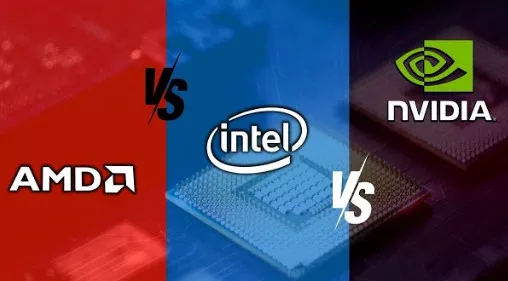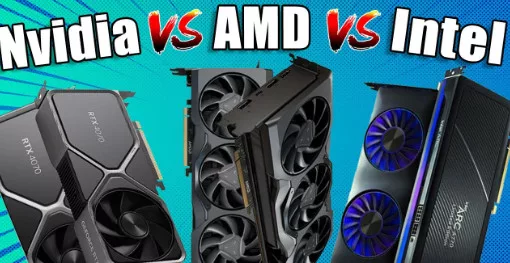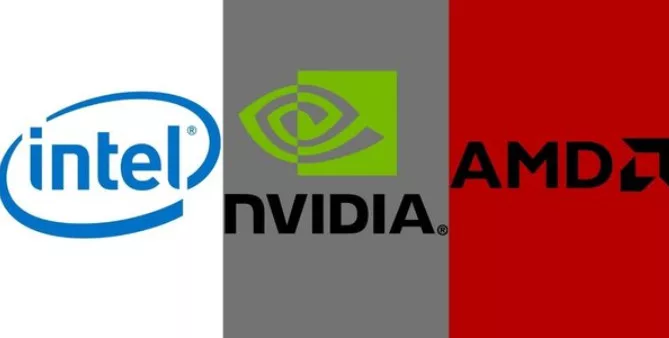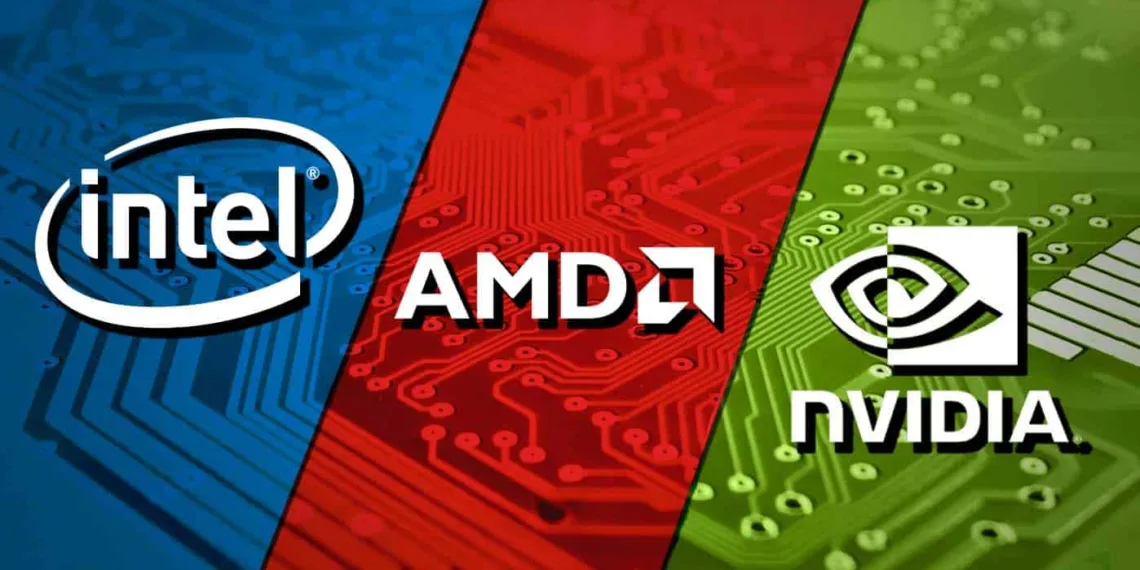Nvidia has been making major strides in the AI industry, as exemplified by the record-shattering revenue attributed to AI chip sales. However, how have its competitors, AMD and Intel, been fairing against this tech giant? Though individual AI chips’ revenue details are not stated by these companies, their Data Center business units, which include CPUs, DPUs, and GPUs, are crucial for AI use and can provide a more robust view of the situation.

NVIDIA vs AMD vs Intel
A comparison of quarterly Data Center revenue growth for Nvidia, AMD, and Intel would be quite illustrative: The growth of Nvidia’s Data Center revenue is astronomical, and in just the past two years, the company has unquestionably become a market leader in the AI chip sub-segment – some estimates put its market share north of 70 percent.

The company’s early recognition of the AI trend and its comprehensive offerings, including chips, software, and specialized computers, have propelled it to dominance. With a market capitalization surpassing $1 trillion, Nvidia’s stock continues to soar, reflecting investor confidence in its AI prowess.
In comparison, AMD followed a slower growth trajectory with little revenue, however, the firm has recently made attempts to enhance its AI credentials. The development of the MI300X chip with 192GB memory positioned AMD in the AI chips’ space. On the other hand, Intel faced many problems with yearly revenue declines and insignificant AI chip market share.

Intel is renowned for its traditional CPUs, and its AI pursuit has been halted. Sapphire Rapids, for instance, Intel’s latest processor, was halted by numerous manufacturing defects and complex design. In the years heading forward, the three corporations will likely accentuate their AI ambitions. The firms understand that they could make billions by topping up AI models, which fosters rising demand.








